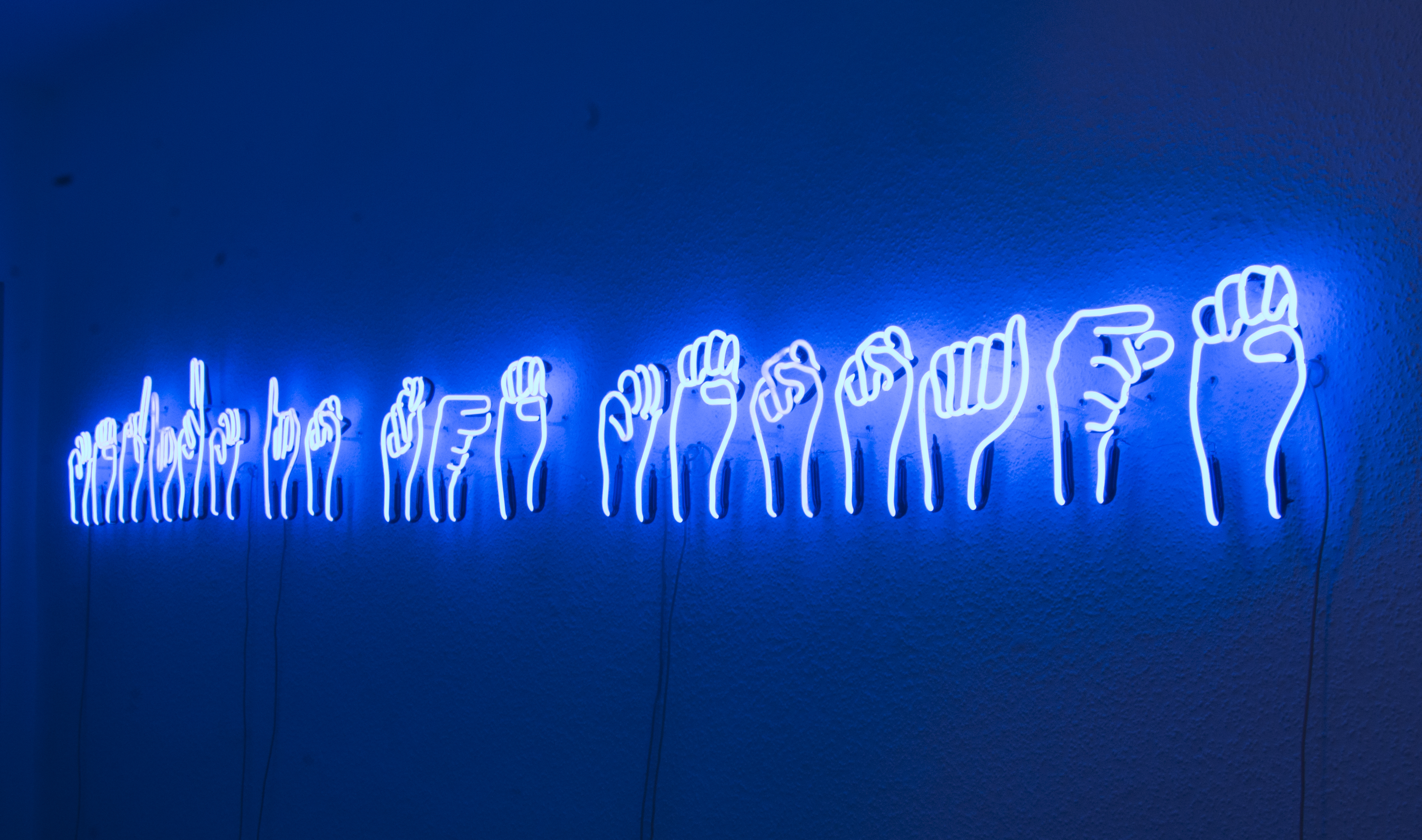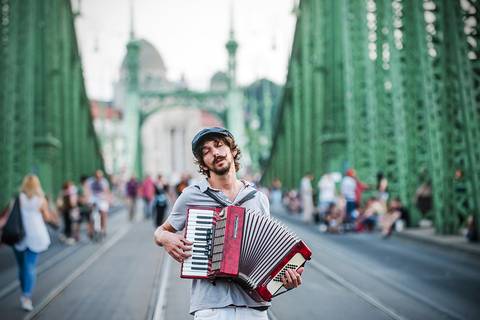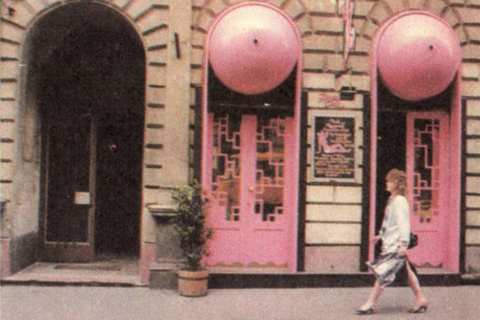Vain visuals capturing the rapidly expanding realm of selfies are currently on show in a Budapest gallery. Recently opened MyMuseum features enlightening exhibits by six creatives, who experiment with the use of computerised techniques in art. This tiny Jewish District nook for contemporary culture provides a new platform for works conceived with the use of digital tools. Presenting selfie parodies in Polaroid frames and a photo book made up of Google Street View images, the current exhibition #art&i gives you a sneak peek into the perplexing future of art.
On focal Dohány utca, close to the historic Great Synagogue, a pocket-sized gallery takes viewers on a journey down digital lane. Those who enter MyMuseum step inside a narrow hall, now embellished with fluorescent settings. On the wall, a statement made of curved neon tubes reads Medium is the Message, the famous phrase by the late Marshall McLuhan, the Canadian philosopher.
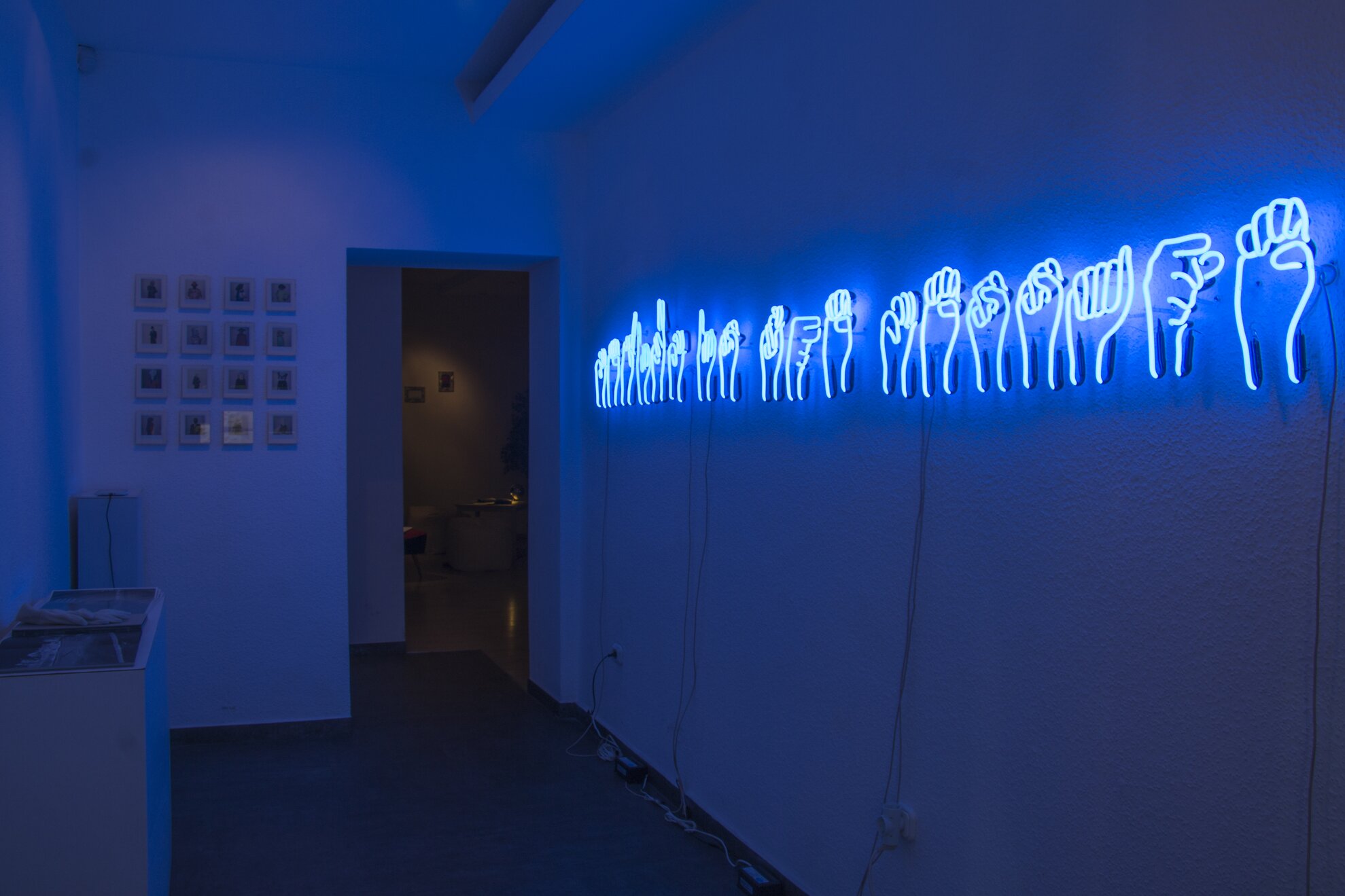
This illuminated illustration by Turkish artist Hamza Kirbas is presented with sign language and sets a suitable scene for the rest of the exhibition that confronts ordinary mediums with more contemporary means of communication. With this recently opened display, MyMuseum is committed to unveiling what’s behind the trending culture of self-marketing on varied social media platforms, where it’s easier than ever to become a self-proclaimed artist.
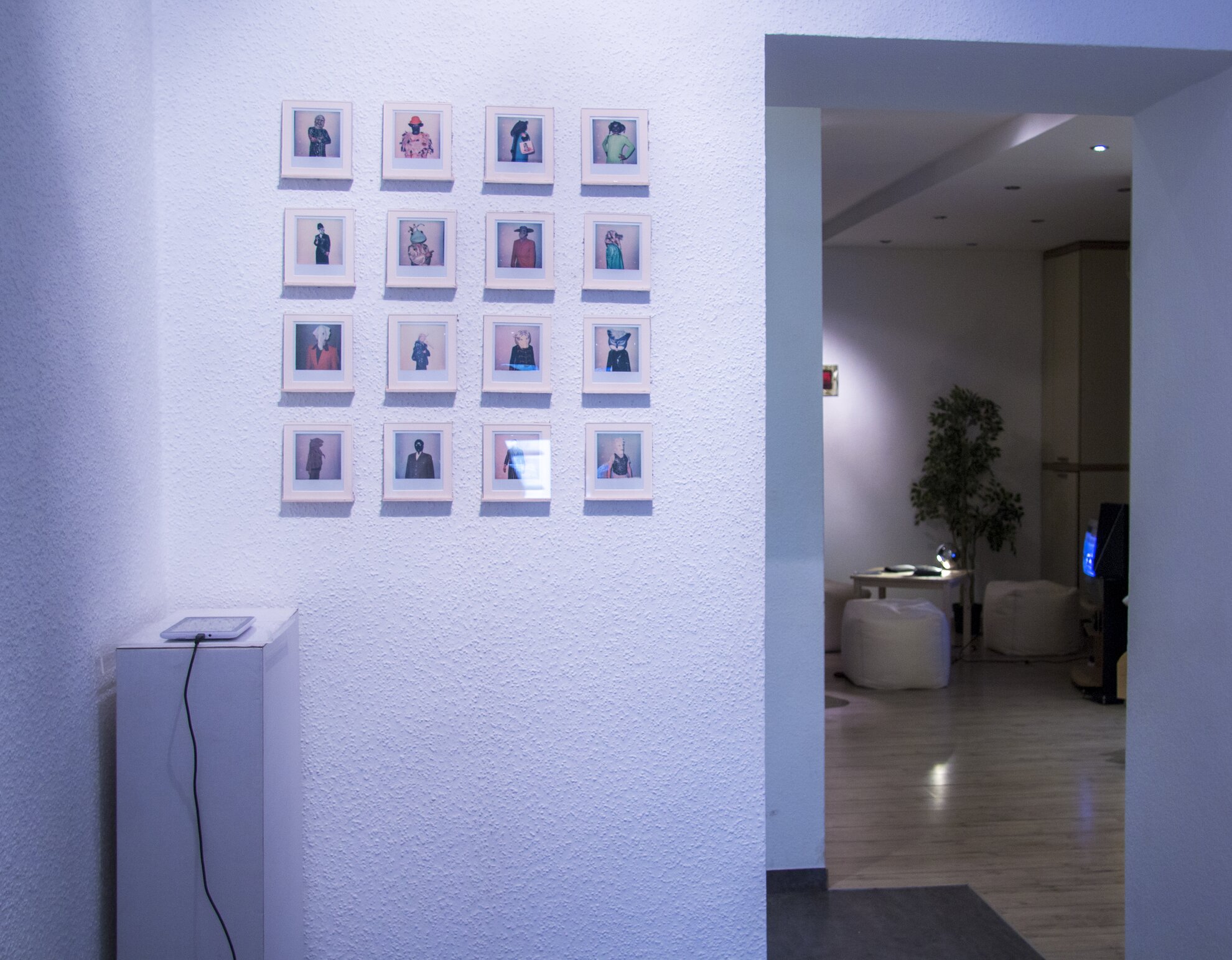
There’s 999 Golems by the Hungarian Tibor Nagy, an eye-opening study on the world of selfies. In this recent project by Nagy, self-portrayals are separated from their online mediums, where they usually appear. Presented as Polaroid images in museum-quality frames, these selfie parodies show ordinary urban characters in disguise. An Instagram account is also attached to this series, allowing viewers to compare how using online and offline mediums conveys the message in different ways.
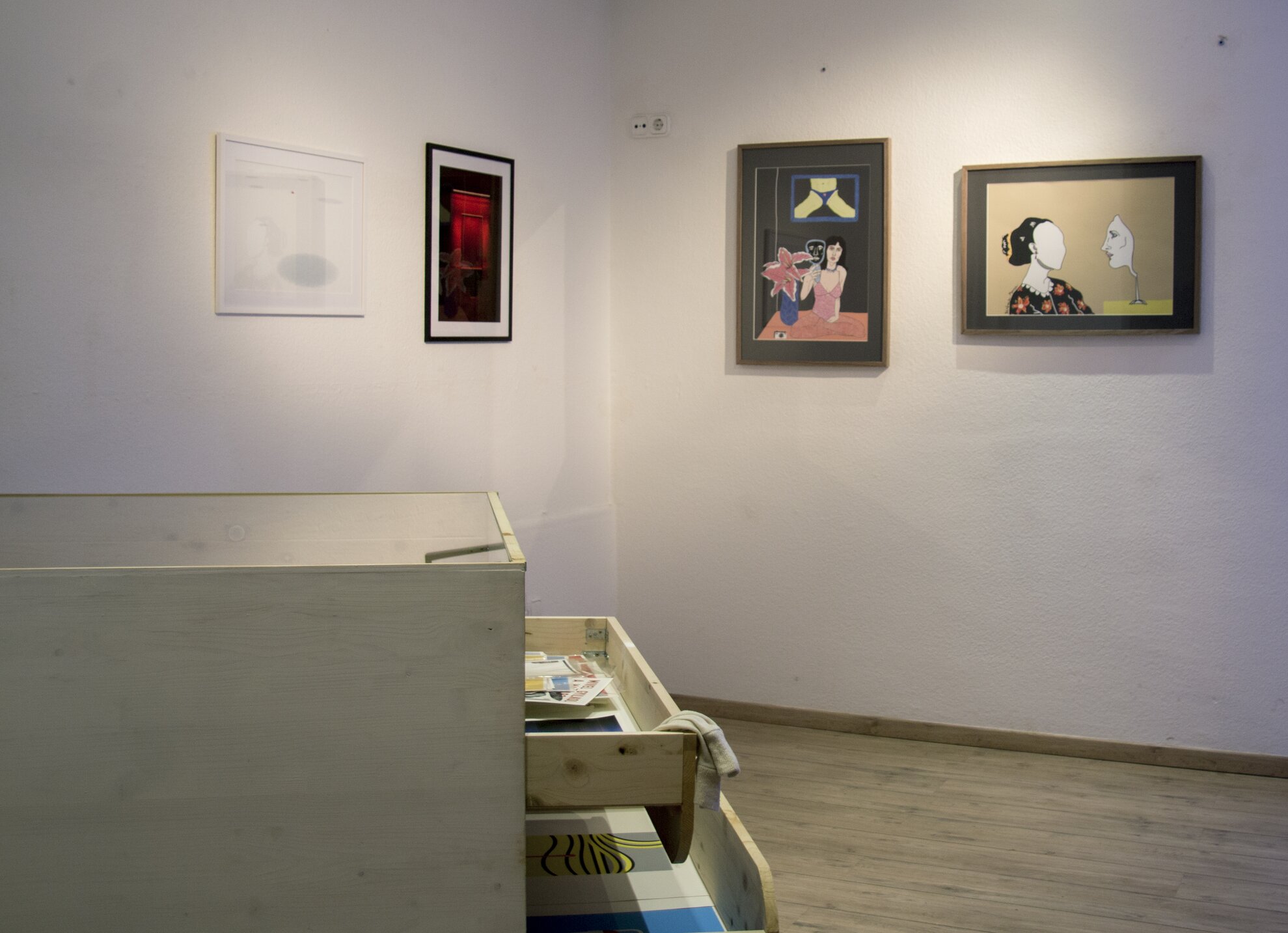
Moving along the same line, Vienna-based Portuguese painter-cum-digital artist Barbara Moura focuses on topics that are related to gender issues and narcissism. One depiction by Moura examines how social-media users often paint a false picture online about their real characters and life.
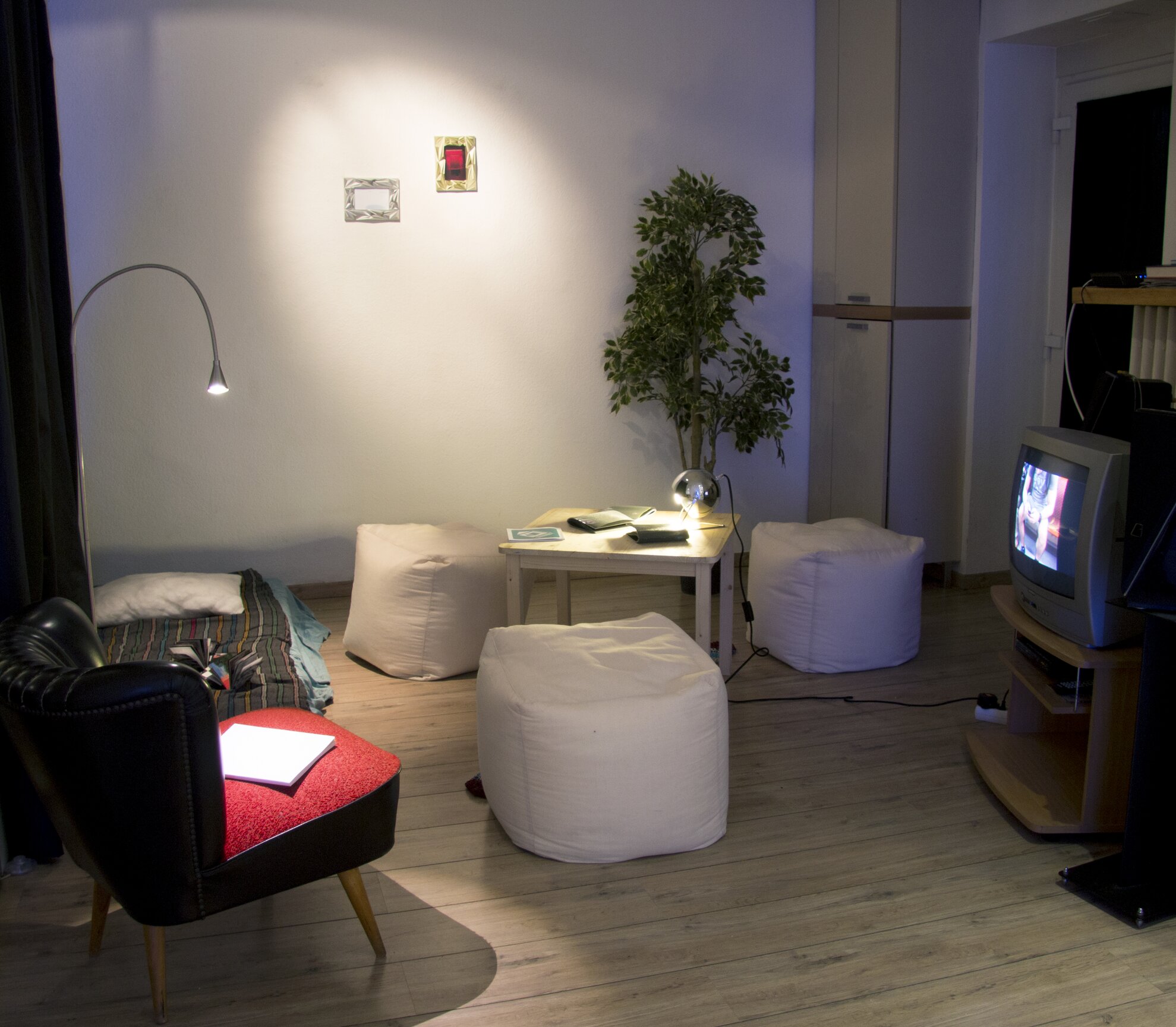
Towards the back of the gallery, an installation by a pair of Hungarian artists, Csenge Ligetvári and Zsófia Puszt, presents a room interior featuring a mattress on the floor, a Communist-era armchair and an old-school box TV. However, what defines this more intimate space in the museum, is a trio of photo books that lie atop the coffee table placed in the middle of the room.
Unlike self-focused modern-day shots, the images that these books contain zoom in on the environment. Meanwhile, a video installation demonstrates how urban dwellers are increasingly becoming detached from society.
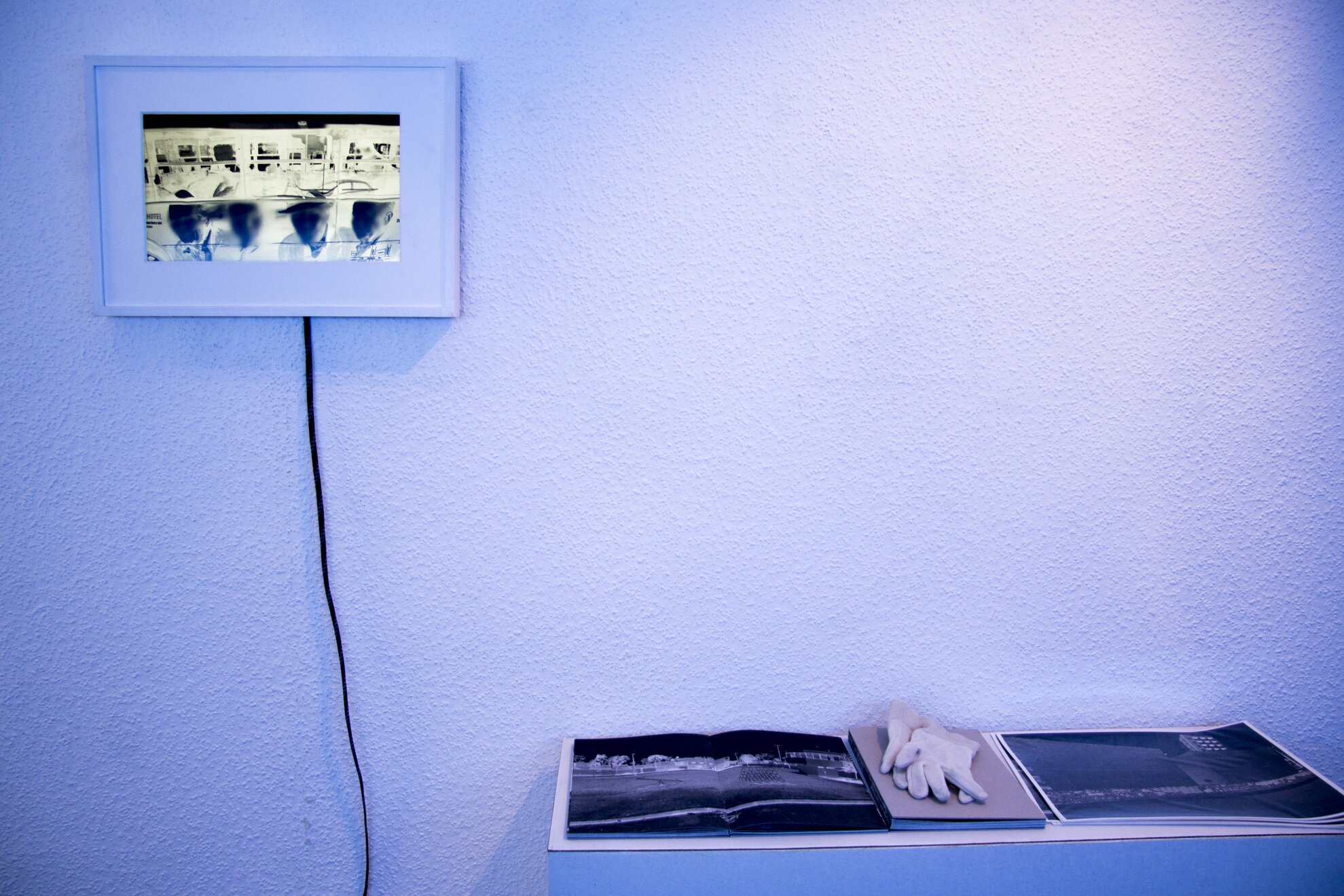
Another photo book by Marcell Piti complements the current museum collection. Called Public Image, this visual volume features pictures found on the Google Street View platform portraying urban settings in five major cities around the world. What sets this selection apart is that people also appear on the photos, their faces being blurred out, of course. The human character in a map-like feature adds a more personal touch to a world, where globalisation often makes scenes hard to distinguish. These same snapshots are also on view as a photo loop presented in a digital frame mounted on the wall.
The exhibition is on view through July 8th.
